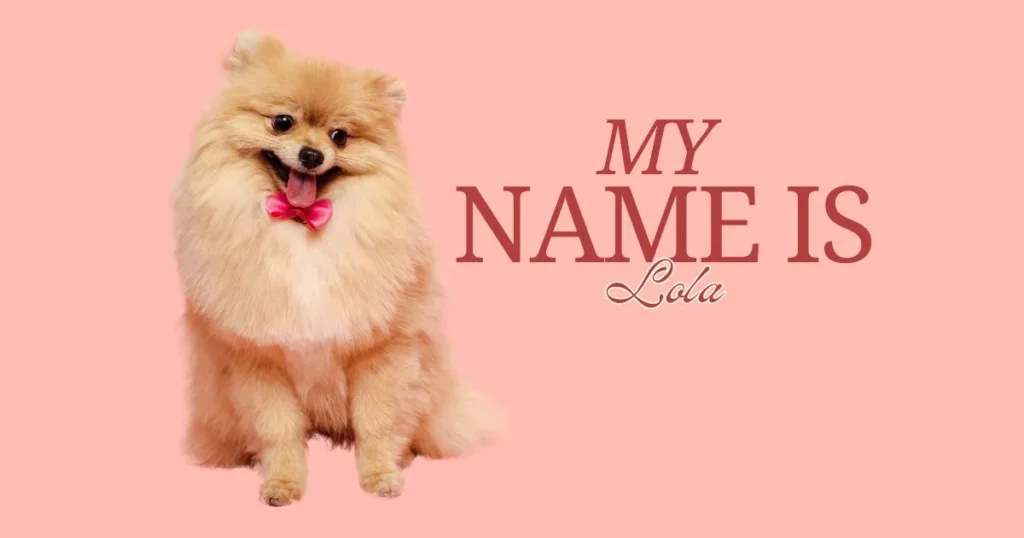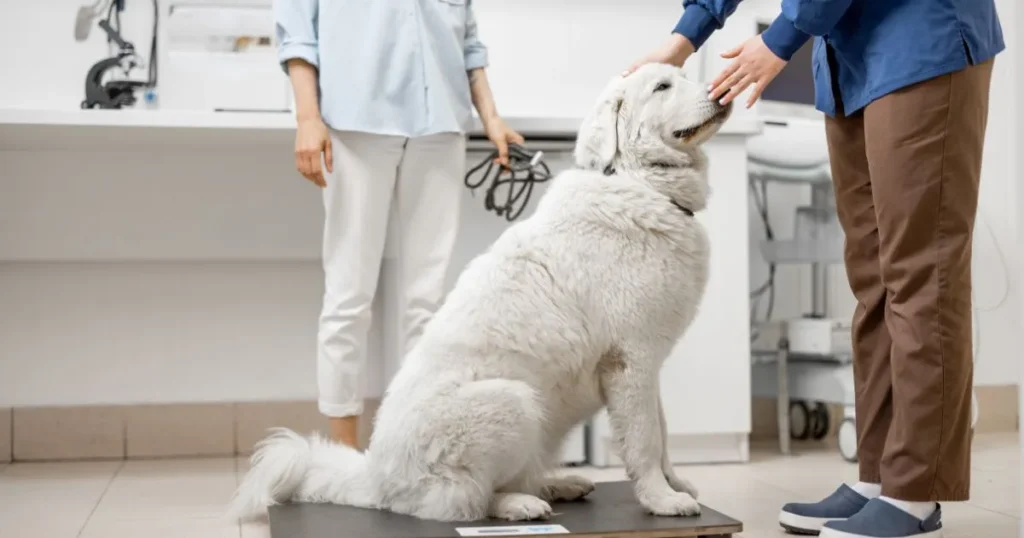Bond with Your Dog: 5 Proven Ways to Build a Stronger Connection
Stronger bond with your dog is essential for building a lasting, joyful relationship. It’s the foundation of a happy, healthy life together. Whether you’re looking to deepen an existing connection or establish trust with a new furry friend, these proven strategies will help you strengthen your bond and create a deeper connection with your dog.
Table of Contents
1. Spend Quality Time Together
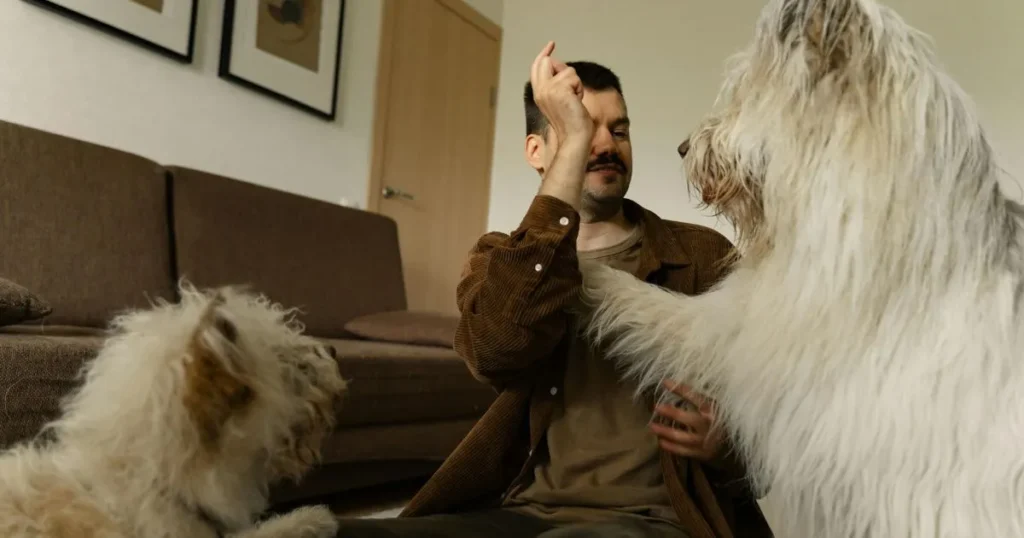
Your dog values your attention more than anything. To build a closer connection, the time you spend together should be focused and engaging.
Why It’s Important
When you devote uninterrupted time to your dog, it reassures them of your love and strengthens their trust in you. This emotional connection becomes the cornerstone of your relationship.
Ways to Bond
- Outdoor Adventures: Explore parks, hiking trails, or even your own neighborhood.
- Interactive Play: Games like tug-of-war, hide-and-seek, or frisbee are great ways to have fun together.
- Learn Something New: Try agility courses, obedience classes, or teaching your dog fun tricks.
Pro Tip: Consistency is key! Even 20 minutes of dedicated time each day can make a difference.
2. Learn Your Dog’s Body Language

Your dog communicates through subtle movements and signals. Understanding these cues helps you respond appropriately, which builds trust and mutual respect.
Key Signals to Watch For
- Happy and Relaxed: Calm posture, wagging tail, and soft eyes.
- Nervous or Anxious: Tucked tail, pinned ears, or avoiding eye contact.
- Excited or Playful: Quick tail wagging, a play bow, and bouncy movements.
| Behavior | Meaning | What to Do |
|---|---|---|
| Wagging tail high and fast | Excitement or happiness | Engage in play or give praise. |
| Crouching or avoiding gaze | Fear or anxiety | Reassure with a calm tone. |
| Loose, relaxed body language | Comfort and ease | Continue your activity calmly. |
By observing and responding to your dog’s signals, you’ll strengthen your mutual understanding and trust.
3. Train Your Dog Using Positive Reinforcement
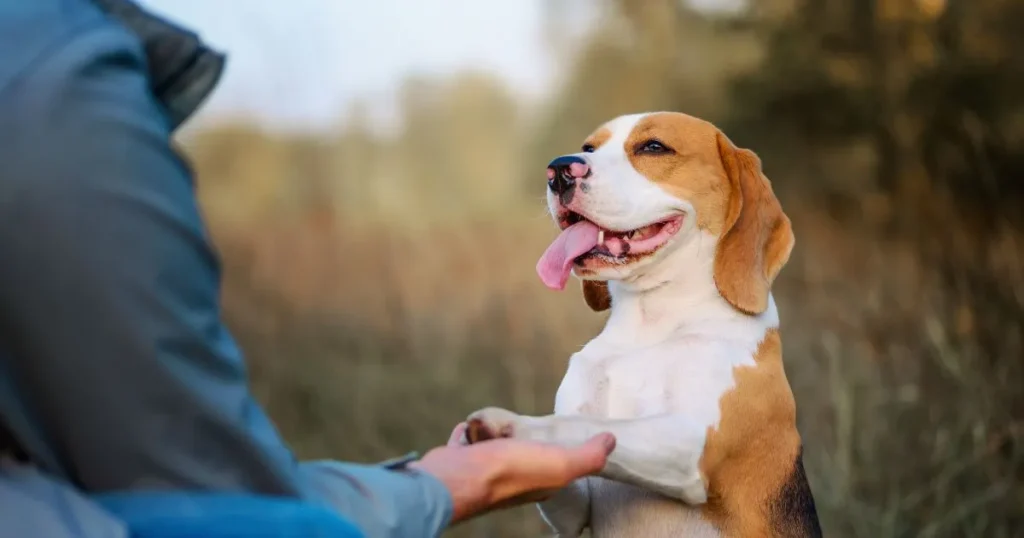
Training is about more than just teaching commands; it’s a way to communicate and build trust with your dog.
Why Positive Reinforcement Works
Reward-based training encourages good behavior while strengthening the bond between you and your pet. It makes learning fun and rewarding for both of you.
Tips for Effective Training
- Use small treats, toys, or verbal praise to reward positive behaviors.
- Keep training sessions short and focused (5–10 minutes per session).
- Remain calm and consistent—dogs learn best with repetition.
Pro Tip: Start with simple commands like “sit” and “stay,” then gradually increase the difficulty as your dog masters the basics.
4. Create a Consistent Routine
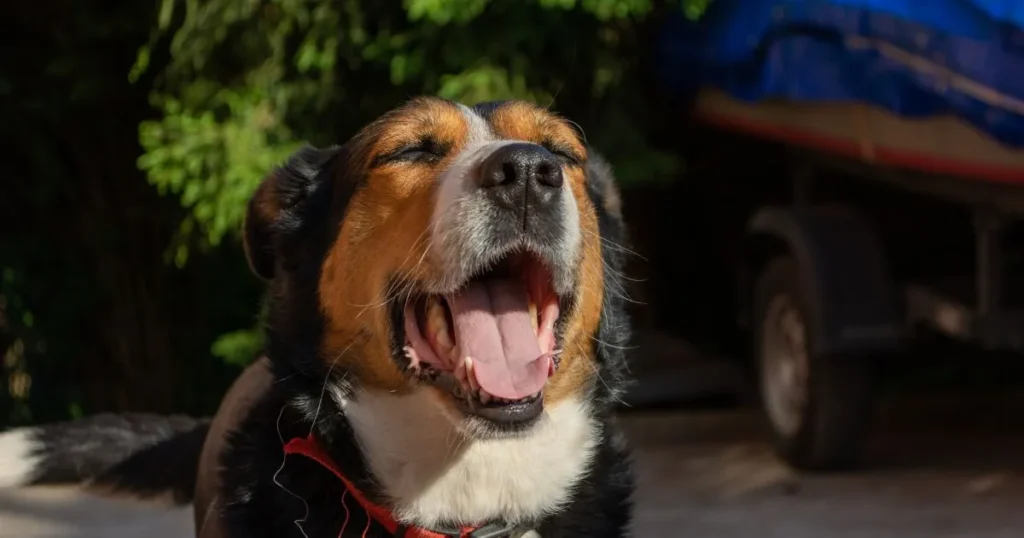
Dogs thrive when they know what to expect. A consistent routine provides them with a sense of security and helps alleviate anxiety.
Why Routine Matters
Consistency in daily activities—like feeding, walking, and playtime—establishes trust and stability in your dog’s life.
Ideas for a Structured Schedule
- Feed your dog at the same times every day to build reliability.
- Walk them at consistent intervals to provide exercise and mental stimulation.
- Incorporate regular playtime and relaxation periods.
Pro Tip: Use alarms or reminders to stick to your schedule, especially if your day tends to get busy.
5. Show Affection in Ways Your Dog Understands
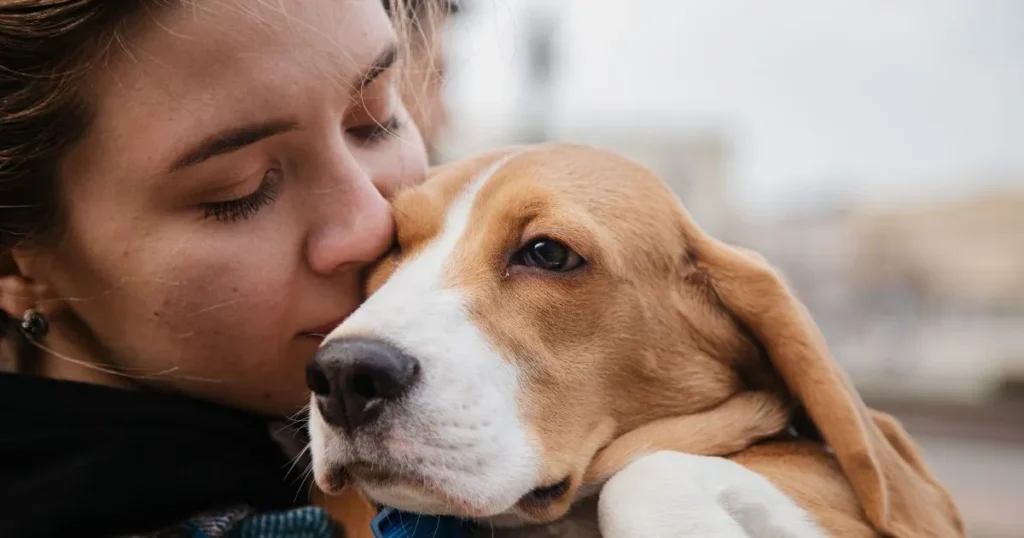
Affection plays a vital role in building emotional connections. Dogs express and receive love differently, so finding what makes your dog happiest is key.
Ways to Show Love
- Physical Touch: Gentle pats, belly rubs, or grooming sessions can be soothing.
- Verbal Praise: Use a happy, upbeat tone to let your dog know they’ve done well.
- Quality Time: Sometimes, simply sitting quietly together or cuddling is enough to strengthen your bond.
Pro Tip: Pay attention to your dog’s reactions—some dogs prefer cuddles, while others may enjoy interactive play instead.
Conclusion
Building a strong bond with your dog takes effort, but the rewards are worth it. By spending quality time together, understanding their cues, and creating a loving environment, you’ll form a connection that enriches both your lives.
For more insights on canine behavior, check out the Dog Psychology page. Start today and strengthen the connection with a furry friend!
FAQs About Building a Bond with Your Dog
How can I tell if my dog feels close to me?
Signs of a strong bond include following you around, seeking your attention, maintaining eye contact, and showing relaxed body language in your presence.
Can older dogs still form strong bonds?
Yes! Older dogs can build deep connections with patience, consistency, and love.Age is never an obstacle to building a meaningful connection.
What if my dog seems distant or uninterested?
Give them time and space to adjust. Gradually build trust through positive experiences, routine, and gentle interaction.
Stronger Bond with Your Dog


